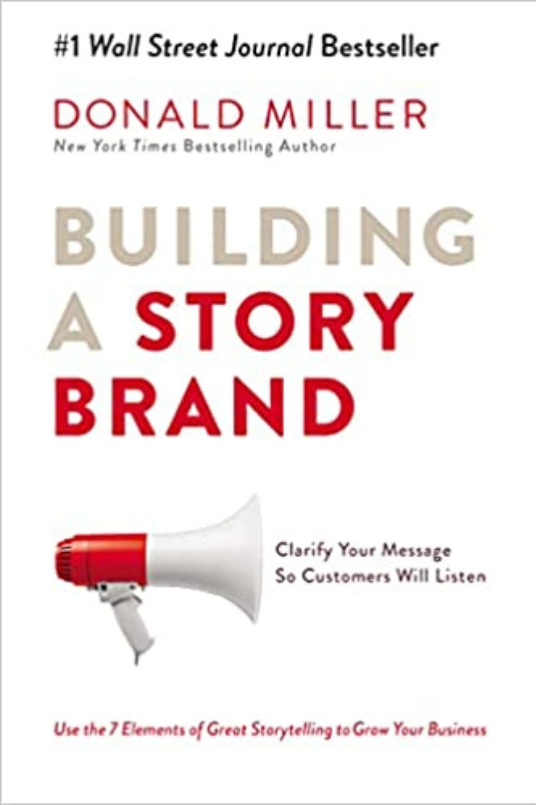Especially good for people who want to or are getting started in the world of marketing (and not bad at all even for people who’ve been in that field for years).
Many great principles that we can all start applying to our brands. Easy to grasp and translate into action as well because the book gives you templates and step-by-step instructions on how to apply what you are learning for your business and branding.
Flow: 5/5
Actionability: 5/5
Mindset: 4/5
Some Of My Highlights:
“This means that if we position our products and services as anything but an aid in helping people survive, thrive, be accepted, find love, achieve an aspirational identity, or bond with a tribe that will defend them physically and socially, good luck selling anything to anybody.”
“The mathematician and philosopher Blaise Pascal is often credited for sending a long letter stating he simply didn’t have time to send a short one.”
“When Jobs returned to the company after running Pixar, Apple became customer-centric, compelling, and clear in their communication. The first campaign he released went from nine pages in the New York Times to just to words on billboards all over America: Think Different.”
“Critics are hungry for something different, yet the masses, who do no study movies professionally, simply want accessible stories.”
“‘You sell headache Medicine, me feel better fast, me get it at Walgreens’? If not, you are likely losing sales.”
Alfred Hitchcock defined a good story as ‘life without the dull parts taken out.'”
“The strategy she recommends to her clients is simple: when giving a speech, position yourself as Yoda and your audience as Luke Skywalker.”
“In stories, heroes encounter external, internal, and philosophical problems.”
“Brands that position themselves as heroes unknowingly compete with their potential customers.”
“Characters only take action after they are challenged by an outside force.”
“A call to action involves communicating a clear and direct step our customers can take to overcome their challenge and return to a peaceful life.”
“Stories live and die on a single question: What’s at stake? If nothing can be gained or lost, nobody cares.”
“If there is nothing at stake in a story, there is no story.”
“Simply put, we must show people the cost of not doing business with us.”
“We must tell our customers how great their life can look if they buy our products and services.”
“When we fail to define something our customer wants, we fail to open a story gap. When we don’t open a story gap in our customers’ mind, they have no motivation to engage us, because there is no question that demands resolution.”
“Status, in any tribe, is a survival mechanism. It projects a sense of abundance that may attract powerful allies, repel potential foes (like a lion with a loud roar), and if we’re into shallow companions, might even help us secure a mate.”
2nd Time Highlights:
“…people are looking for brands that can help them survive and thrive…”
“Noise has killed more ideas, products, and services than taxes, recessions, lawsuits, climbing interest rates, and even inferior product design.”
“Before knowing what the hero wants, the audience has little interest in her fate. This is why screenwriters have to define the character’s ambition within the first nine or so minutes of a film getting started.”
“People will always choose a story that helps them survive and thrive.”
“Companies tend to sell solutions to external problems, but people buy solutions to internal problems.”
“In almost every story the hero struggles with the same question: Do I have what it takes? This question can make them feel frustrated, incompetent, and confused.”
“People want to be involved in a story larger than themselves. Brands that give customers a voice in a larger narrative add value to their products by giving their customers a deeper sense of meaning.”
